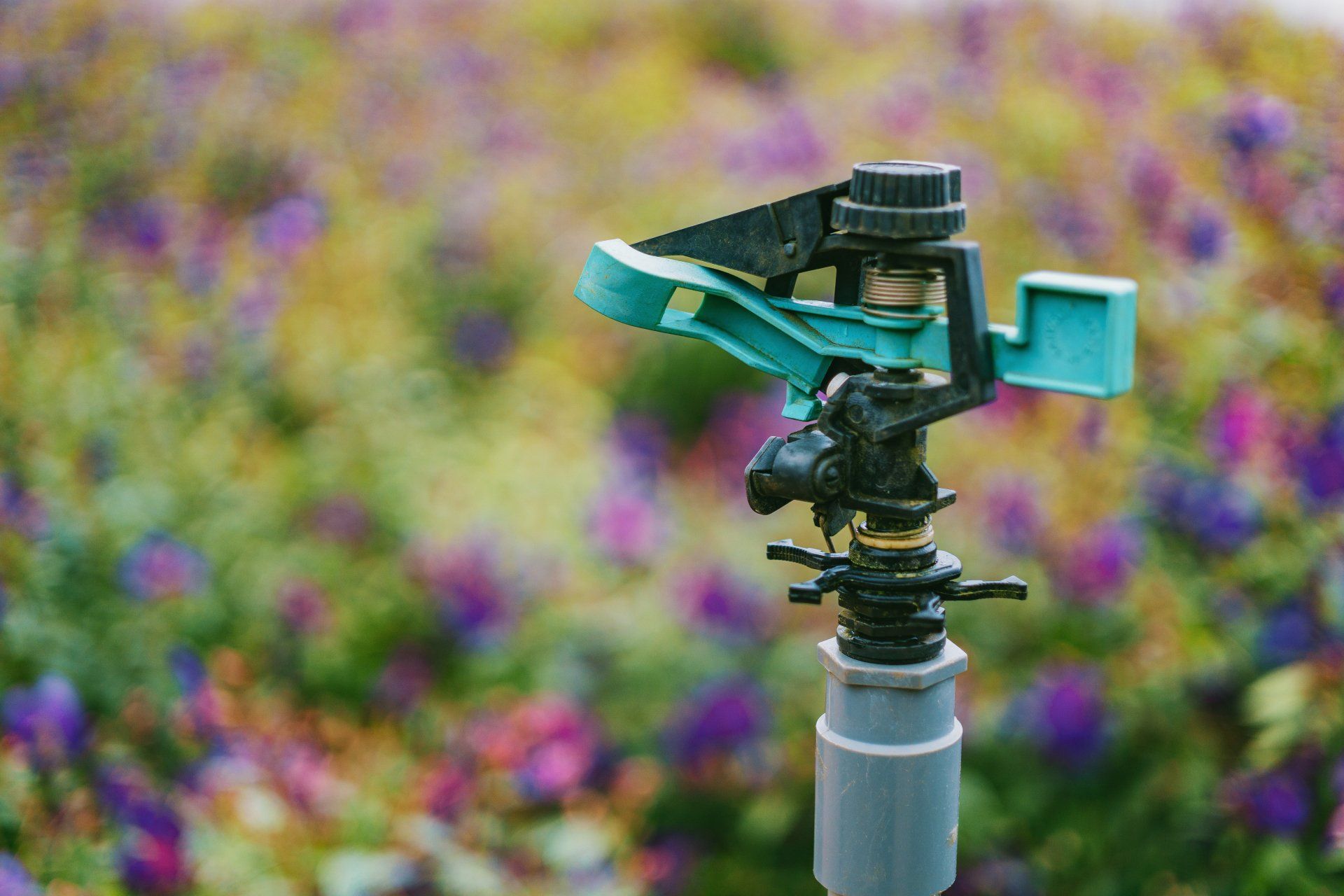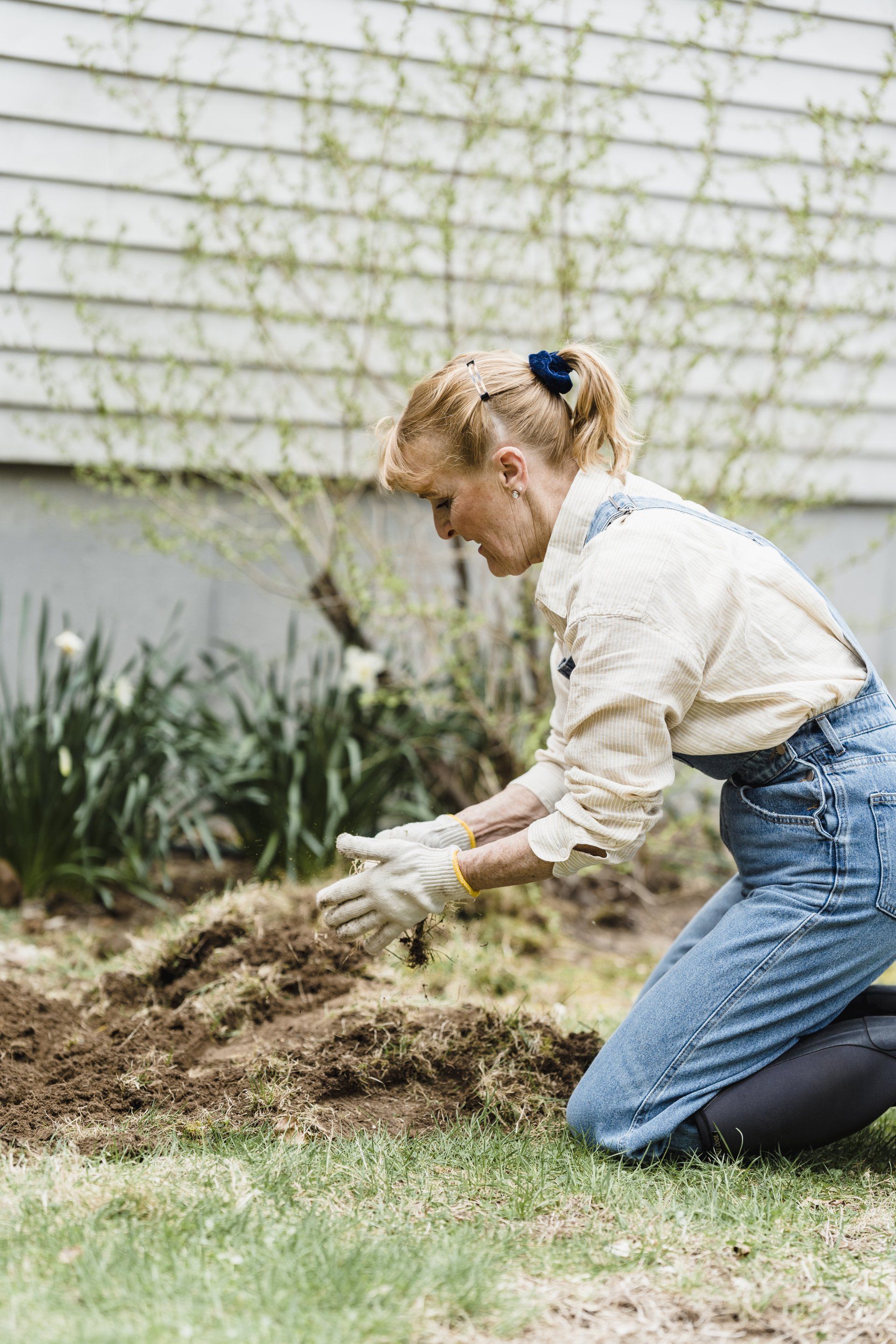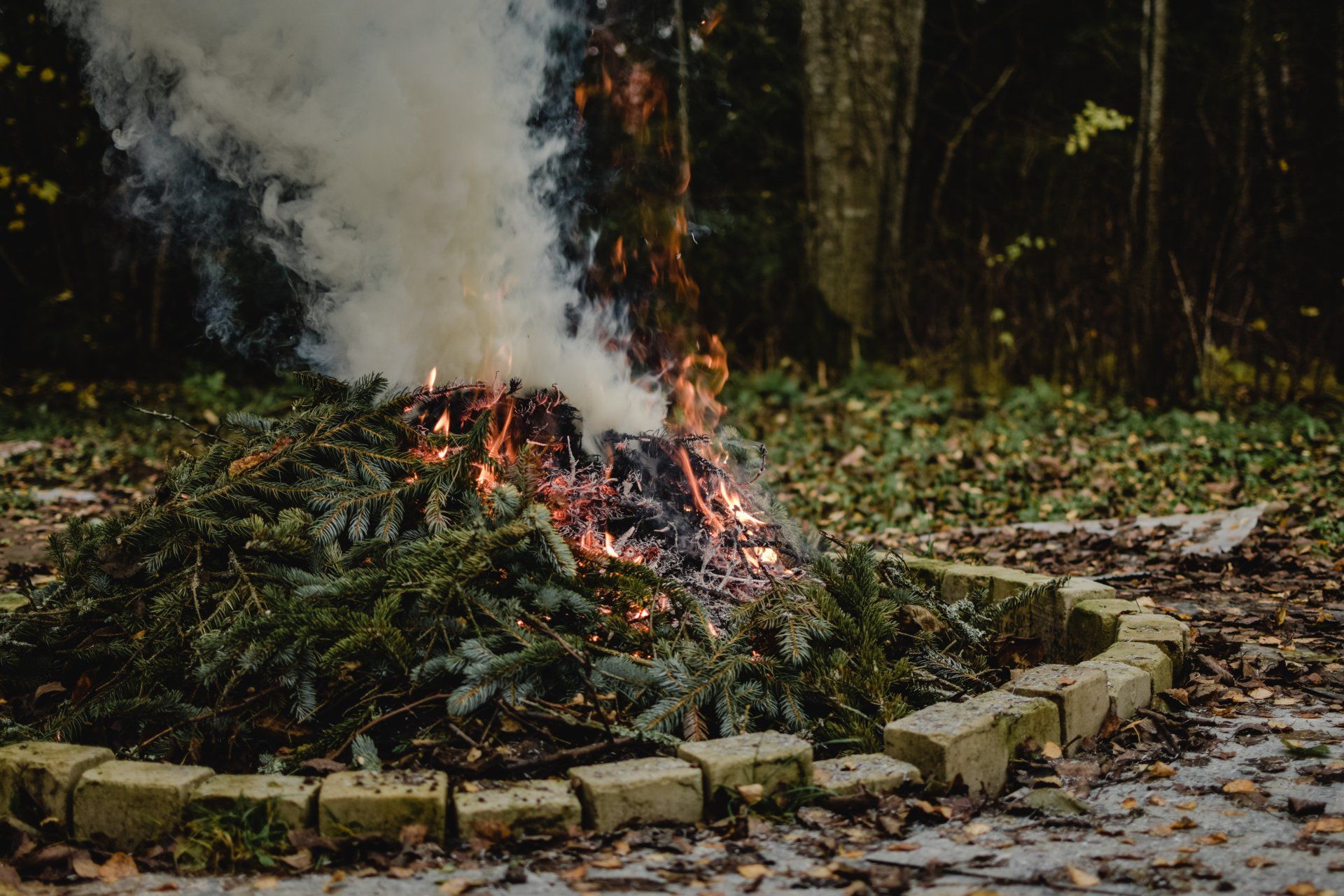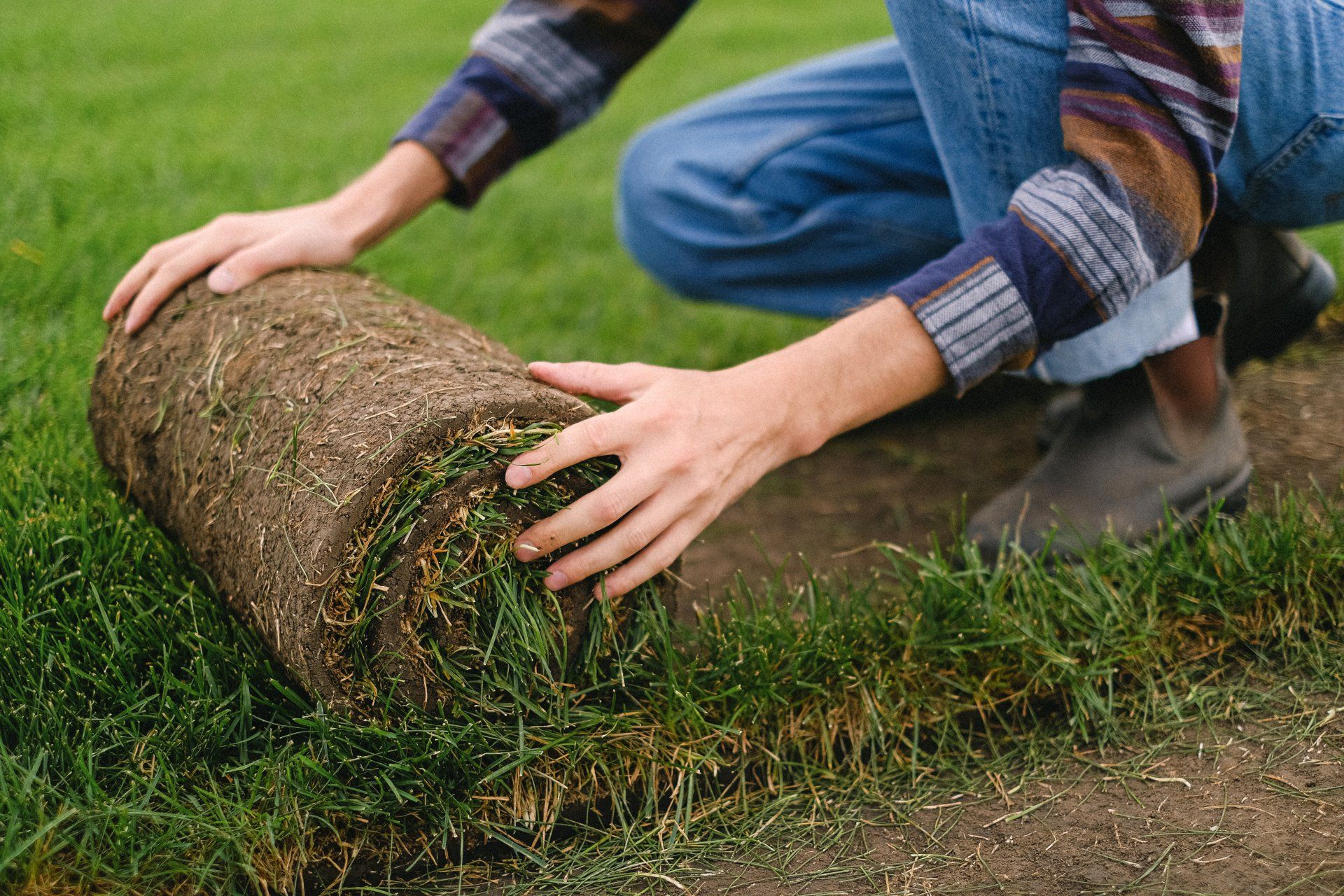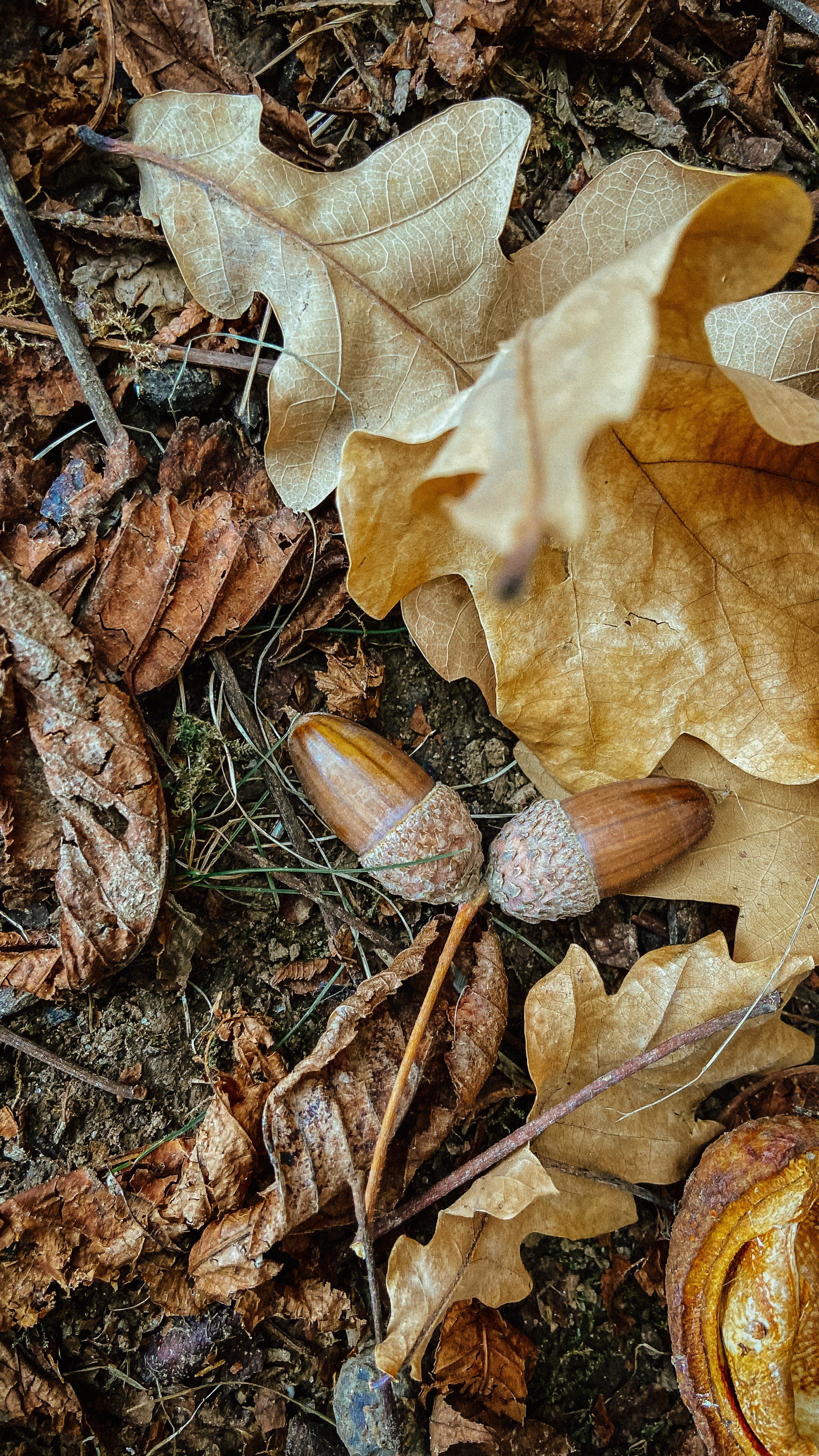How to Use the Leaf Blower Effectively and Safely
How to Use the Leaf Blower Effectively and Safely
Leaf blowers are a vital tool for removing leaves from the fall. But don't just blast and go. Instead, follow these professional techniques and tips on how to operate an efficient leaf blower in a safe and effective way.
Make sure that the leaves dry. Dry leaves can be slippery and hard to move around. You should wait a minimum of 24 hours following an event of rain before breaking off the blower.
Close doors and windows. If you're enjoying the cool autumn air, top for a second to close the doors and windows. This will help block out the dust and noise that you might collect.
Take away large objects. Move around the yard in which you're planning to utilize your leaf blower, and remove any loose items, like twigs, garden tools, and children's toys. Also, get large objects out of the way, which can hinder your process.
Make sure you are protected. Wear safety eyewear, gloves, strong boots, and noise-reducing earmuffs.
Plan your work. Before you begin, you must decide on the path you want to take. To ensure that you don't blow leaves over an area that you've cleaned, begin at the side of your yard and move towards the place you'll be placing the leaves.
Start the blower up in the event of an initial cold start. Let the engine idle for about a minute or so to allow it to get warm. (This is not required for an electrical blower.)
Create a semi-circle. Instead of blowing the leaves straight, funnel them towards the center with an arcing pattern.
Be sure to blow along walls. When working on the deck or the exterior of your home, blow the wall. If you are aiming straight at it, you'll be left with debris blowing up on you.
Take the throttle back. You don't have to keep the blower running all the time. Small bursts of power can be very efficient, as well as quieter and less fuel-intensive.
Use the wind to your advantage. Blowing leaves using the wind blowing at your back so that you are working with it and not against it.
Make piles in the process. Leaf blowers are tools for finishing that are designed to do more intricate work. They're not intended to transport large quantities of garbage. Therefore, when your leaves accumulate, then take your rake and transfer the garbage to a trash bag. Then, continue to blow.
You might want to consider a battery-powered blower. A lot of leaf blowers are powered by gas and cordless; however, battery-powered models are quieter, lighter, and more equally balanced. Additionally, you can avoid the headache of mixing and storing fuel. Simply remember to charge your battery for a couple of hours prior to going out. You can expect 20 to 30 minutes of operation from one charge.
Think about adding a kit for vacuuming. There are some blowers that have suction capabilities, allowing you to collect materials instead of shifting them around.
Recycling the leaves.
Once you're finished, add the leaves to your compost pile or use them to make mulch for gardens.
Ready to work with Landscaping Experts Saskatoon?
Let's connect! We’re here to help.
Send us a message and we’ll be in touch.
Or give us a call today at 306-992-1331
Landscaping Saskatoon Quote
We will get back to you as soon as possible.
Please try again later.
More Tips, Tricks & Tools

Let’s talk about your project
Fill in the form or call to set up a meeting at (306) 992-1331.
Landscaping Saskatoon Quote
We will get back to you as soon as possible.
Please try again later.
Vibrant Landscaping Experts Saskatoon
Vibrant Landscaping Experts Saskatoon
825-A Cynthia St, Saskatoon, SK S7L 5Z7
| Landscaping Experts Saskatoon

